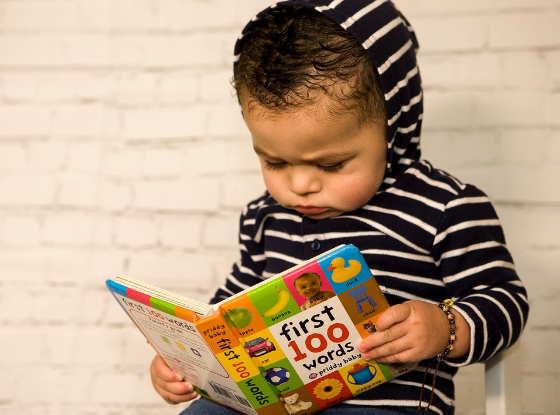 Teaching a 3 year old history? Yes! Guess what? You can start introducing the concept of history even to toddlers by helping them learn and begin to conceptualize the passage of time itself. This article includes ten amazing ideas to start teaching history at home even to toddler-age children. To begin, we start young children off with learning about the duration and the passage of time. Time is such an abstract and intangible concept, even for us adults. Imagine, from a developmental point of view, what a child who can’t even understand for a second or ten years would be like?
Teaching a 3 year old history? Yes! Guess what? You can start introducing the concept of history even to toddlers by helping them learn and begin to conceptualize the passage of time itself. This article includes ten amazing ideas to start teaching history at home even to toddler-age children. To begin, we start young children off with learning about the duration and the passage of time. Time is such an abstract and intangible concept, even for us adults. Imagine, from a developmental point of view, what a child who can’t even understand for a second or ten years would be like?
History for Toddlers
First, begin to help your toddler learn to understand time. A great way to begin this is to give them an old-fashioned large egg timer with loud second clicks, and have them wait for specific things: one minute for a dessert after dinner, or counting down an hour before bath time. You can also make learning time into fun activities, such as having a wall calendar and letting them draw the weather for each day, and then asking them about what the weather was like on past days. Even the old activity of measuring your child’s growth can be a history lesson! You can also begin each day with making a timeline of the day, using flash cards of activities to help them learn sequentiality of events.
Old and New Objects
As children begin internalizing the idea of time’s passage, begin introducing them to the idea of old versus new. Tangible items are best for this: old and new coins; the difference between stale and fresh chips, bread, or cookies; old and new clothes, old and new books, shoes, and other household items. When they start understanding the idea of old vs. new and begin understanding the concept of seasons and years, you can begin introducing them to the notion of *years ago*. Fun activities can include looking at parents’ childhood photos, and showing them your own cycle of growing up.
Teaching the Value of History and Old Objects
Relatively few people have their own old toys and childhood objects to give to their children; but there can be a lot of fun ways to make objects that your young children attach value to and the passage of time. Families can buy simple box-stitch quilts cheaply at Target, Wal-Mart, or Amazon, and make it a fun family activity to use fabric markers to draw and color in a shape on one of the squares every week-end. It can take months to fill in all the squares, but this can create a bonding moment to an object that your child can cuddle with, have around the house, and begin associating history with.
Teaching the Classical Historical Periods
When your child has begun to firm their grasp of time and the passage of years, they are probably also seeing historical periods on their tv shows and movies that they can now concretely identify. Cowboys, Vikings, Knights, Pirates, Astronauts… It can be a fun family activity to set aside a weekend to learn about each one of an identifiable group of historical people often found in media. One weekend learning about knights and kings in the medieval era; another learning about the greeks and romans; another learning about vikings. You can use simple Montessori timeline activities. Using items and costumes can help cement these ideas for children, such as using norse jewelry, pirate hats, cowboy boots, and other wearable items to teach children the difference between these periods.
